Packing and loading guidance
Importers and exporters of goods subject to plant health controls in GB should ensure that the loading of these goods is appropriate to facilitate inspections at Border Control Posts (BCPs) and Control Points (CPs).
This best-practice guidance applies to imports of plants, plant products and other objects subject to phytosanitary requirements in GB, including:
- packaged goods such as fresh produce, cut flowers and seeds.
- small and loose potted plants for planting
- large and heavy plants including mature shrubs and trees
- wood, wood products and bark
- used agricultural and forestry machinery.
The following guidelines are intended to assist trade to meet expectations for appropriate loading and labelling of consignments. It can also help to avoid refusal of entry of consignments which cannot be inspected.
Labelling:
- Ensure primary and secondary packaging are clearly labelled with genus, species and unique identifiers (e.g. Bill of Lading, CMR number or equivalent).
- Where material is boxed, ensure that the corresponding box numbers are detailed on at least one of the accompanying documents (phytosanitary certificate, packing list or invoice).
- Additionally, consider identifying boxes of high-risk and medium-risk A commodities with a coloured tape, and include a description of this coloured tape when pre-notifying the goods on IPAFFS so they can be easily identified.
- Ensure that primary packaging does not impede APHA’s ability to undertake their inspection.
- If on a multiple consignment load, ensure each consignment can be easily distinguished (by labelling with consignee and consignor) and is loaded together on the vehicle.
- Where applicable, ensure that the consignee is authorised to issue UK Plant Passports.
Loading Guidance:
- When loading, try to ensure that high-risk and medium-risk A goods are easily accessible within the consignment (i.e. loaded at the back of the vehicle and towards the top of pallets). Check plant health information and import rules - GOV.UK
- Where practicable, prioritise loading consignments of propagation material over finished plants towards the rear of the vehicle, i.e. closer to the doors.
- For curtain-siders, prioritise loading consignments of larger, heavier finished plants to the sides of the vehicle, where possible.
- Where possible, within each consignment, group genera together as opposed to splitting across separate packaging units or trolleys. This avoids the need to offload an entire lorry where only a few items or trolleys need to be inspected.
- For mixed (groupage) loads, where possible, group consignments together to enable offloading by individual consignment and point of entry. Ensure that consignments are clearly labelled, and the labels are facing outward so that the commodity type, consignee and consignor are easily read and identified by inspectors.
- Vehicles carrying loose plants for planting, particularly those that transport live trees and shrubs, should be fully enclosed to prevent the escape of mobile pests in transit and remain so until able to be inspected under cover of a roof within a BCP inspection area. (To note: there is a derogation in place to allow certain large goods to be unloaded and inspected outside, provided a modification has been made to BCP designation. Please check with BCP operator).
- Small potted plants for planting are best arranged on Dutch/Danish trolleys for ease of transfer and inspection.
- Containerised isolated bark should be transported in bulk bags (preferably on pallets) to support unloading or sampling and avoid spills. We do not recommend the use of plywood bulkheads or mesh screens to contain spills as these prevent safe sampling.
- Wood packaging materials (e.g. crates, boxes, pallets, box pallets and dunnage) should meet import and export requirements, please check for further information on GOV.UK
Below are some images that may serve as examples when loading consignments onto vehicles.
Good Practice:
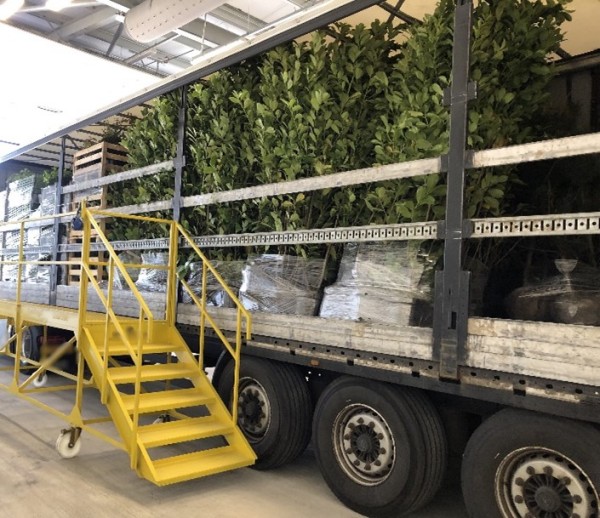
The lorry is loaded with small trees grouped safely together on pallets, and smaller plants are placed within boxes allowing them to be removed easily and presented for inspection. The plants are not falling over and the reinforcements down the side of the trailer are sensibly placed to protect those drawing back the curtain.
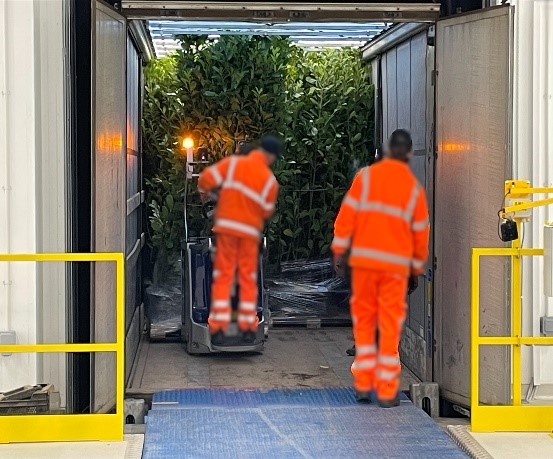
The plants are placed together on pallets in a way that makes offloading and reloading safe for staff members involved.
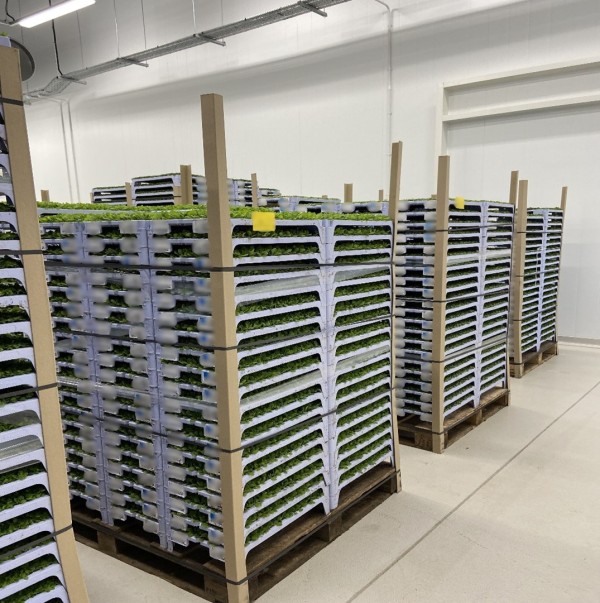
The pallets of produce or plants are stacked in a way prevents the goods from shifting, sliding, or toppling. These items have benefited from having plastic strapping and reinforced cardboard for the corners, as well as being loaded onto pallets.
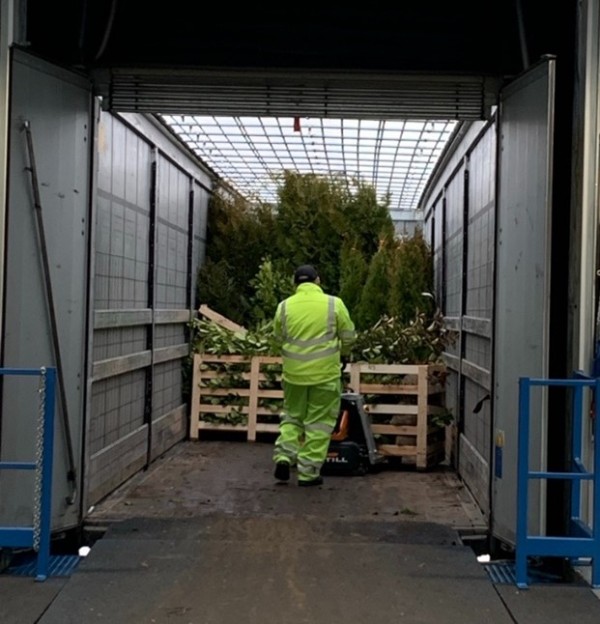
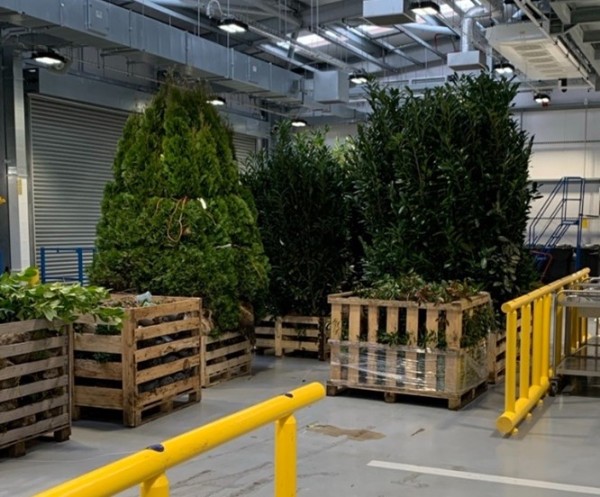
Plants for planting have been loaded onto pallets which are reinforced around the sides as well as tying the plants together if they are taller so that moveability of items is easier. The pallets and plants are also clearly labelled with what is contained in/on each pallet.
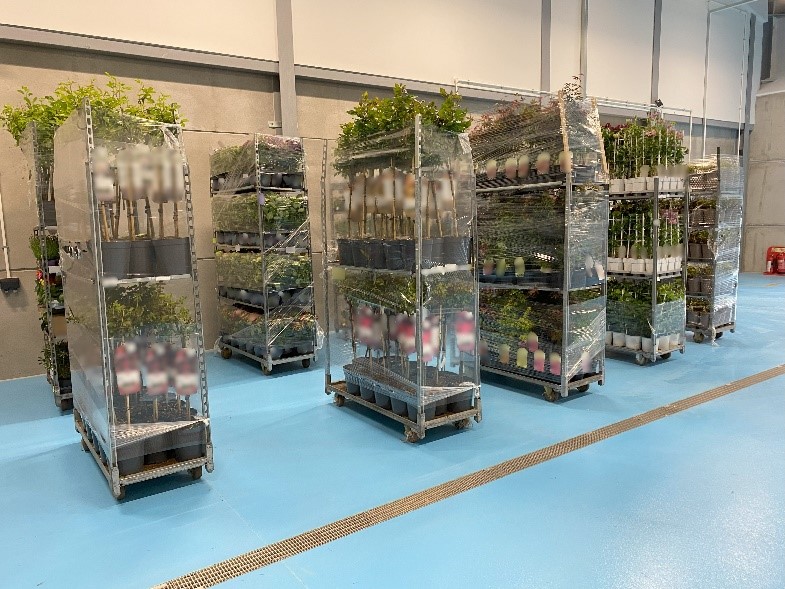
Another method of packing is to place items on trolleys which can me moved about on wheels. The trolleys usually are wrapped in clear plastic to keep items contained on the trolleys. The trolleys are not stacked on one another.
Bad Practice:
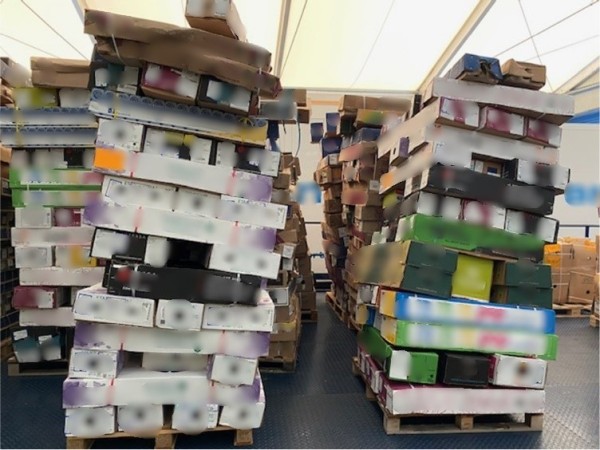
The boxes in this photo containing cut flowers were loosely stacked and not grouped by phytosanitary certificate.
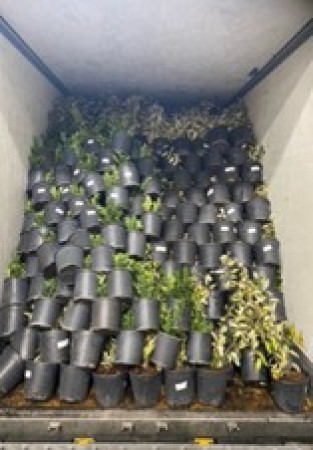
Where small potted plants are stacked one on top of the other in no specific order or safe manner it creates a danger to those trying to offload them to be presented for inspection. During the journey it is possible that pots will have fallen as nothing is strapping them into this position either. The offload of this creates a H&S risk to those unloading the plants.
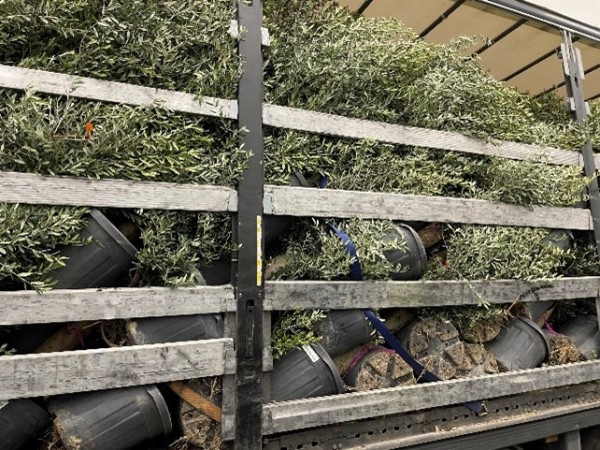
The potted trees have been placed into the lorry at all angles (across the trailer and forward/rear facing) and are packed in a manner where removing the side rows could cause a tree to fall from the lorry due to multiple trees being against the wooden bars.
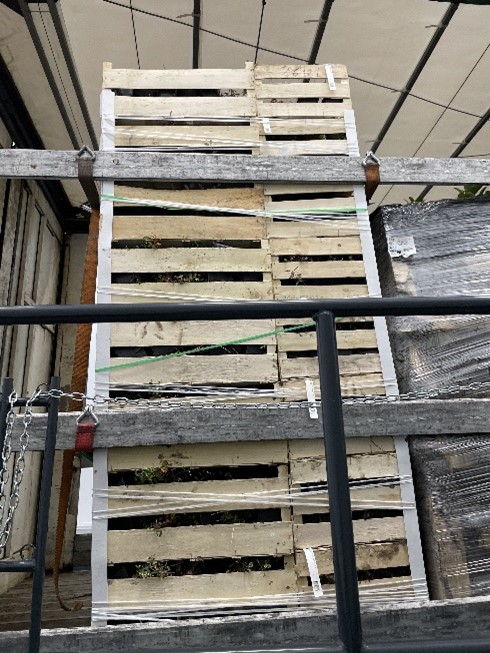
Smaller boxes of plants stacked which buckle easily under the weight and height of the stacked boxes making it an unsafe pallet to try and separate out and then also re-assemble.
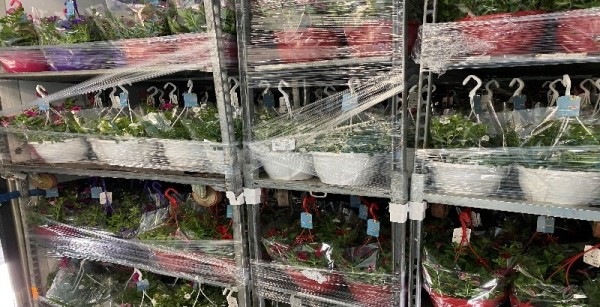
Placing two trolleys on top of each other using plastic clips to try and keep them in place (or no clips at all) creates a toppling hazard. The clips can often split (as seen) as well during the journey. Offloading them, is then is very difficult and hazardous.
